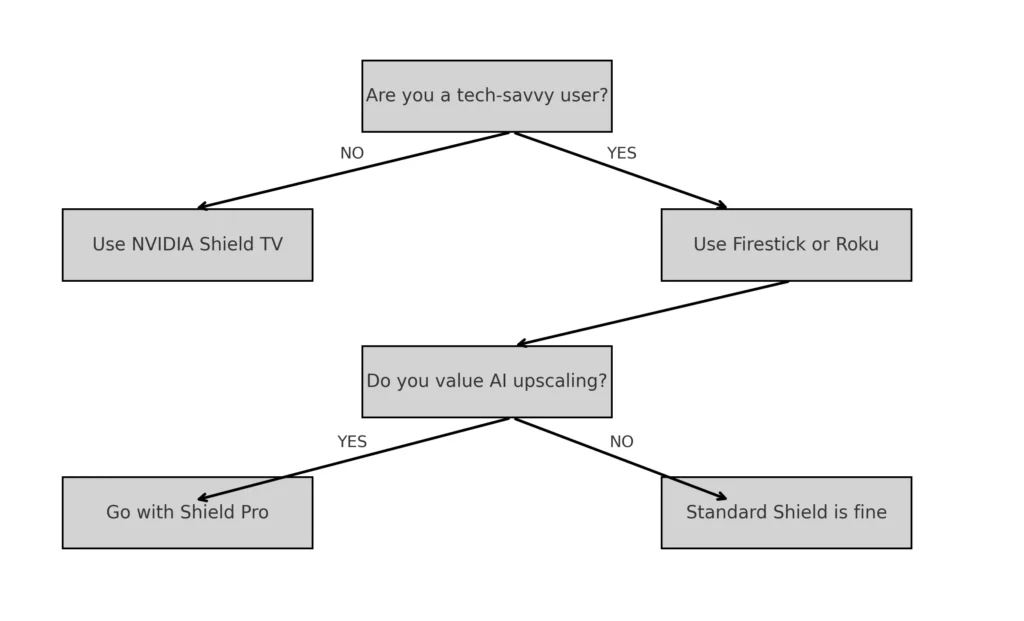With 4K TVs now mainstream, more viewers are discovering that not all content looks equally sharp. While true 4K content is impressive, the reality is that a lot of what we watch is still in HD or even lower resolutions. Enter AI upscaling, a revolutionary technology that enhances non-4K content and makes it appear sharper and more detailed on ultra-high-definition displays.
In this blog, we’ll break down what AI upscaling actually is, how it differs from traditional upscaling, what types of devices support it in 2025, and whether you really need it for streaming, gaming, or movie nights.
What Is AI Upscaling?
AI upscaling (Artificial Intelligence Upscaling) is a technology that uses machine learning models to fill in missing detail when converting lower-resolution content to a higher resolution like 4K. Unlike traditional upscaling, which uses mathematical interpolation (i.e. stretching pixels), AI upscaling analyzes frame data using neural networks trained on millions of images.
How it works:
The AI engine compares low-res content to a high-res dataset.
It intelligently predicts and adds missing pixels.
The result is sharper edges, clearer textures, and better contrast.
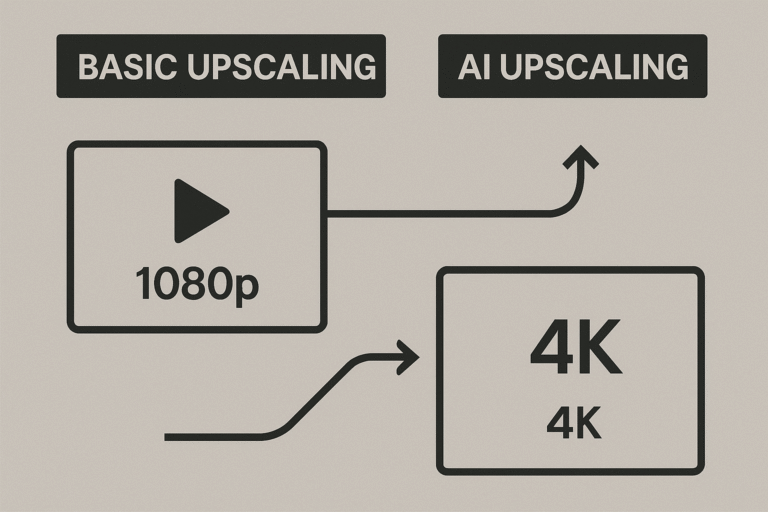
AI Upscaling vs Standard Upscaling
| Feature | Traditional Upscaling | AI Upscaling |
|---|---|---|
| Method | Pixel duplication/interpolation | Neural network prediction |
| Sharpness | Moderate | High |
| Texture restoration | Poor | Excellent |
| Detail in faces/text | Blurry | Clear and crisp |
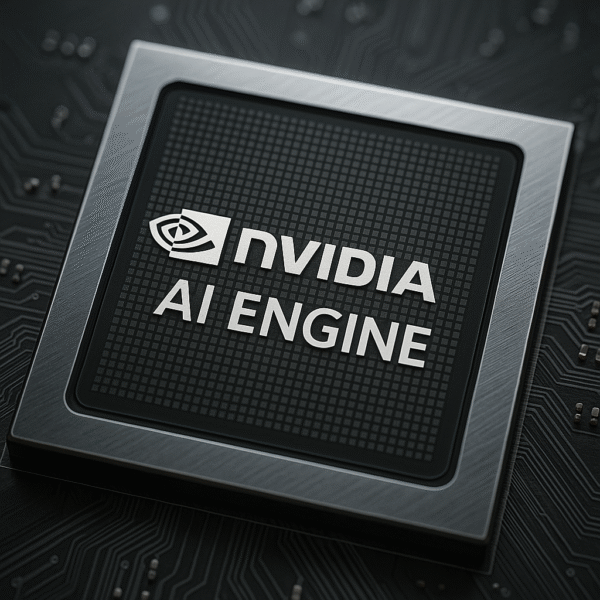
What Makes AI Upscaling Better?
Deep learning: Uses previously learned visual patterns
Frame-by-frame analysis: Each frame is optimized in real time
Adaptable logic: Learns and improves over time with firmware updates
Content-specific tuning: Differentiates between faces, backgrounds, motion, etc.
Devices like the NVIDIA Shield TV Pro, Samsung Neo QLED TVs, and Sony’s Cognitive XR processors all feature AI upscaling tailored for movies, sports, or animation.
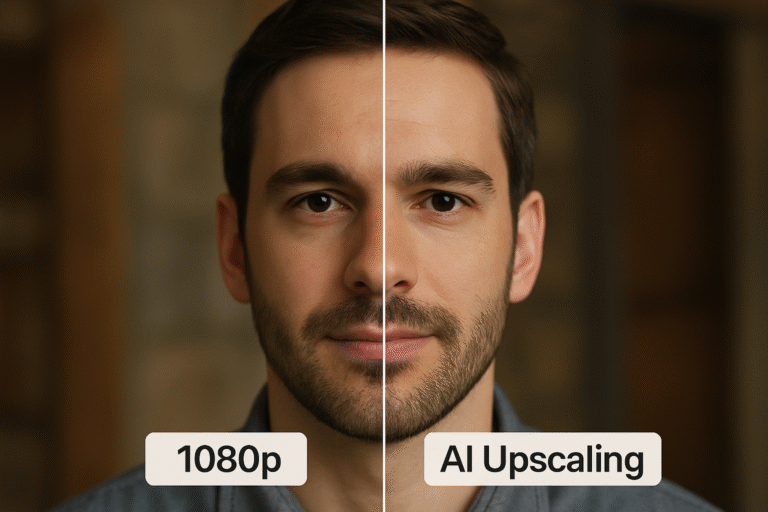
Do You Need AI Upscaling for a 4K TV?
If you’re watching any of the following, the answer is likely yes:
HD content on YouTube or Netflix
Cable TV channels (usually 720p–1080i)
Old DVDs or Blu-rays
Retro games or emulated content
Without AI upscaling, these sources can look stretched or fuzzy on modern 65″+ displays. AI tech helps retain clarity, especially for facial detail, text, and fast-moving scenes.
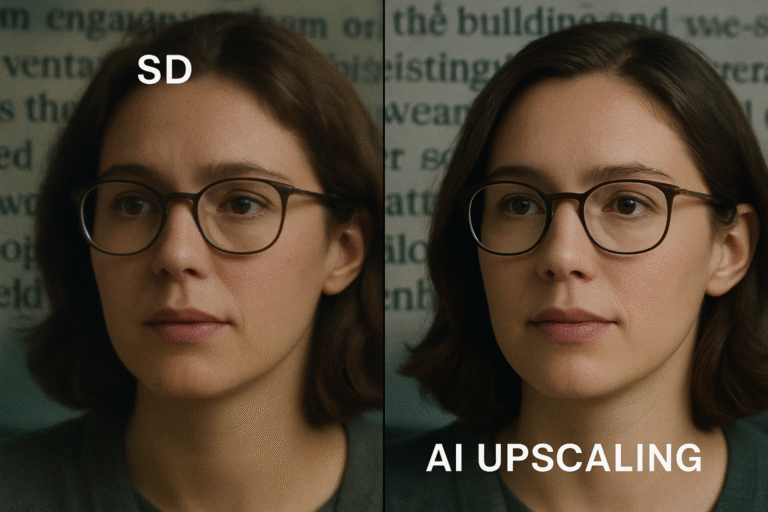
When AI Upscaling Isn’t Necessary
Watching native 4K content (e.g., UHD Blu-rays or Netflix 4K titles)
Gaming on PS5 or Xbox Series X at 4K
High-bandwidth 4K HDR streaming via fiber or HDMI 2.1
If you exclusively consume native 4K content, upscaling won’t improve the image. However, most users watch a mix of resolutions, making AI upscaling a valuable feature.
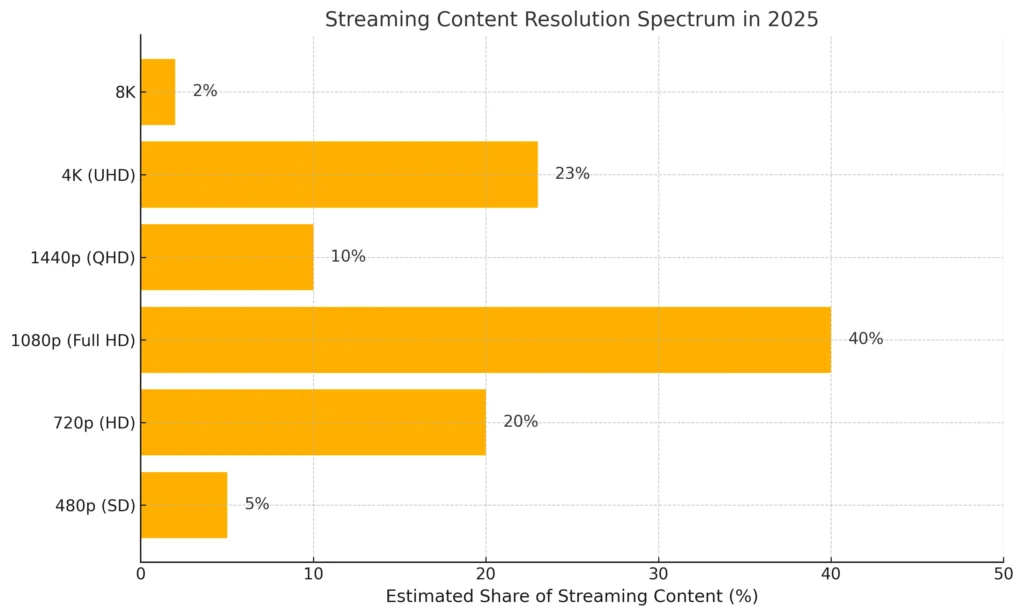
Top Devices with AI Upscaling in 2025
1. NVIDIA Shield TV Pro
AI-enhanced upscaling powered by NVIDIA’s Tegra X1+
Works on Netflix, YouTube, Plex, and local content
Great for streamers and retro gamers
2. Samsung Neo QLED QN90C
Neural Quantum Processor 4K
Real-time scene detection + noise reduction
3. Sony Bravia XR A95L OLED
Cognitive Processor XR + XR 4K Upscaling
Recognizes focal objects (faces, motion)
4. LG G3 OLED evo
Alpha 9 AI Processor Gen6
Tailored for movies, animation, and sports
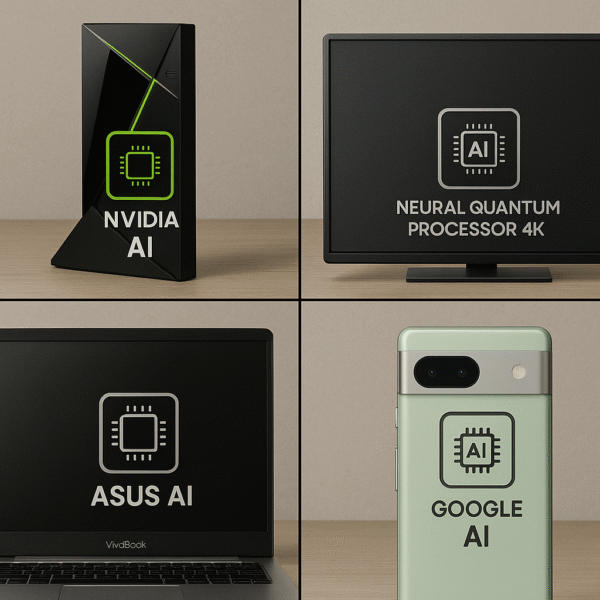
How It Benefits Gamers and Streamers
Retro games on emulators get near-HD polish
Indie games and YouTube game streams upscale better
Upscaling reduces the need to upgrade bandwidth
NVIDIA Shield supports emulators + upscaling natively
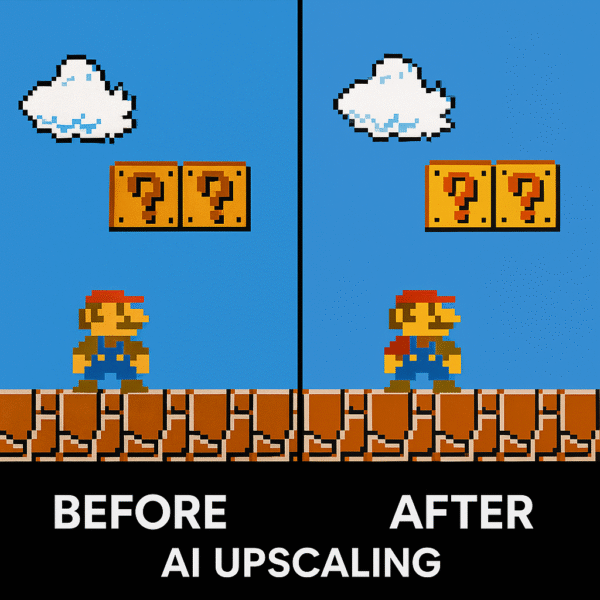
Conclusion: Should You Choose a TV or Box with AI Upscaling?
YES, if:
You stream a lot of non-4K content
You play older games or emulators
You watch YouTube, cable, or HD Netflix
You sit close to a large screen
NO, if:
Your setup is purely native 4K HDR
You use HDMI passthrough with upscale players or Blu-ray
